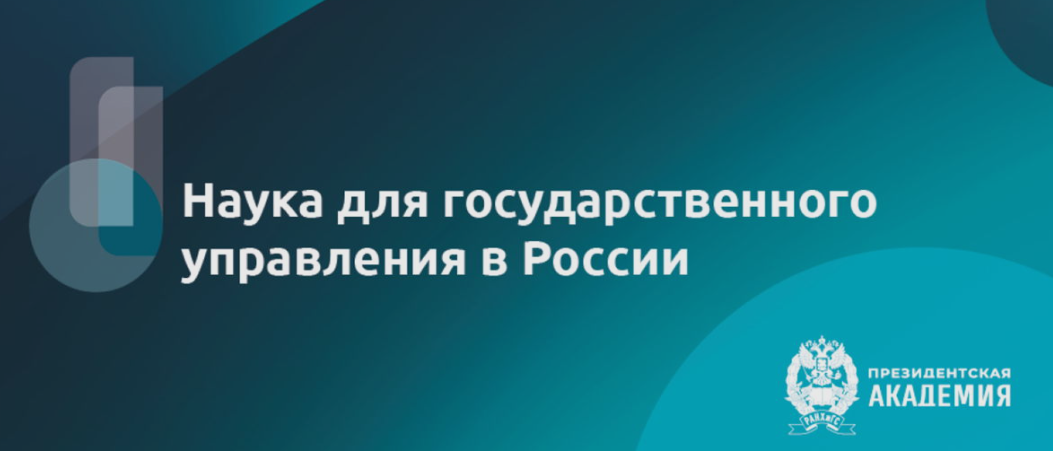Vol 3, No 4 (2017)
View or download the full issue
PDF (Russian)
Author's column
Scientific-technological politics of Russian Federation
230-239 916
Abstract
The article presents an analysis of issues around the operations of state development institutions in the scientific-technical and innovation fields. There are suggested hypothesis and models, by which there are offered measures for improving the systems of development institutions. The basis for accepting an investment solution inside any developmental institution should be a confirmed commitment of the end consumer of the technology, product, innovation enterprise. It is necessary to accept the system of regulatory measures to stimulate the coordination between developmental institutions, provision of a transparent support for projects within the whole chain of innovative development. The solution for issues with the deficiency of investment resources at the stage of creation and expansion of the prototype (Stage B+), specialised expertise, lays in new field foundations, created with the state capital.
240-249 1154
Abstract
The article presents polemically the peculiarities of using the indicators of innovation activity for evaluating the state and outcomes of the organization’s operation, including Higher Learning Institutions in the areas of development and learning new types of techniques and technology. There is considered a possible structure of a system of balanced innovation activity indicators. There is substantiated a necessity to change statistical reporting on the innovation activity.
Scientific expertise
250-261 1007
Abstract
The article offers a method to evaluate the performance of executive managers teams involved in scientific-technical projects, which considers a range of factors allowing the team to reach applied targets. Within this methdology framework for evaluating the readiness of an innovative scientific-technical project, such method can be utilized for defining the team's ability to match the requirements level of the planned or already realized project. Applying suggested method will allow formulating recommendations for the development of the project team, that will lead to eliminating risks in failing to reach set targets. The methodology has been approved for federal budget programme «Research and Development in priority areas of the scientific-technical complex in Russia for 2014–2020 years».
Priorities for development of science and technologies
262-274 808
Abstract
Carbon nanostructures are the important component of nanotechnology (NT) become as the first global scientific and technological initiative of the 21st century. The article presents a bibliometric analysis of development of the carbon direction of NT in the period of 2000–2015, including an international dimension. The source of information was the Science Citation Index Expanded database. The shift of the world research center to the Asian region is shown, both in terms of volume and quality indicators; the dynamics of scientific influence of two groups of countries – conditionally «incumbents» and «newcomers» – has been studied. Due to the strong skewness of citation distributions, preference in the analysis is given to the percentile-based indicators, such as: the contribution of a country to the world top-10% (top-1%) segment of the most highly cited publications, the share of such publications in the country’s total output, the highly cited papers index, etc. Relying on them, the scientific «offensive» of the «newcomer» countries on the «incumbents» (eg, of China on the USA, of South Korea on Germany, of Iran on Russia) as well as phenomenon of Singapore as an effective producer of highly cited publications on the carbon nanostructures were presented more fully. The positions of Russia have been studied in more detail, the main domestic research participants have been determined, and on the basis of bibliometric criteria the center of scientific excellence in the field of graphene has been identified.
Mainstream
275-296 6860
Abstract
The analysis of prospects of introduction of the developments related to blokcheyn in the world and in Russia has been made. Key investors and beneficiaries in the development of blockchain technologies were identified. High competitiveness of Russian developments, unique staffing, and favorable climatic conditions for the development of blockade technologies in the Russian Federation were noted. The patent activity in the world has been analyzed and the place of Russia on the patent landscape in the field of blockchain technologies has been determined. It is shown that, to date, the weak position of Russian developers in the global patent landscape in the field of blockchain is not critical due to the high level of uncertainty in matters of protectability of the proposed blockchain algorithms. Special attention was paid to the delayed, perhaps shortterm, readiness of residents of industrially developed countries to expand in the global space of intellectual property associated with the blockchain as soon as the patentability of the proposed solutions is proved. It is concluded that the next 2–3 years should be considered as a “window of opportunity” to form the prerequisites for Russia’s technological leadership in the cluster of block-technologies.
Grants
ISSN 2410-132X (Print)
ISSN 2949-4680 (Online)
ISSN 2949-4680 (Online)
































